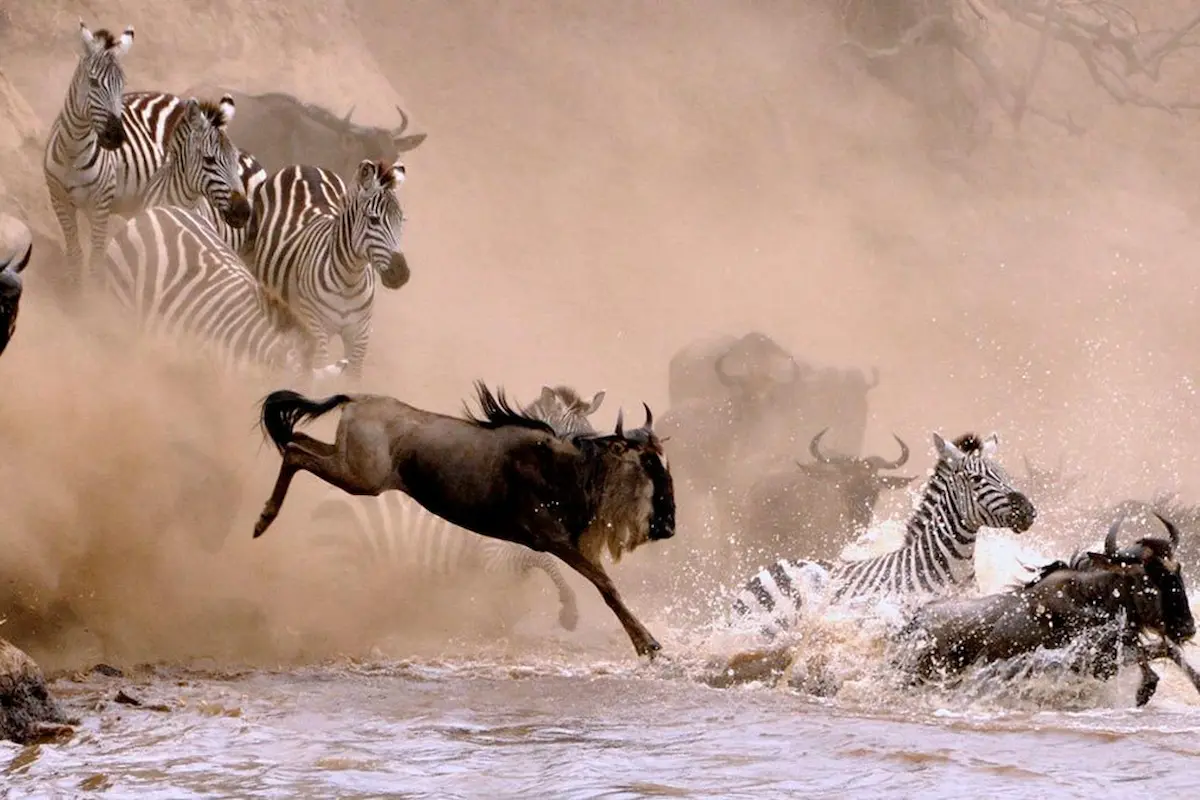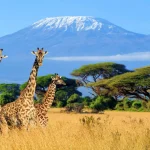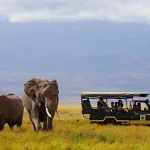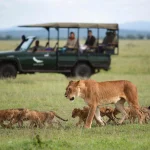Tanzania is a fantastic location for safaris that are truly unforgettable in Africa. It is a stunning land with many species dispersed among its protected zones. The world’s most incredible show, the great wildebeest migration, occurs in Tanzania’s Serengeti National Park and Kenya’s Maasai Mara National Reserve. The Serengeti National Park, located in the Serengeti-Mara ecosystem, is one of the famous Safari destinations in Tanzania and Africa. This magnificent natural wild animal migration event features nearly two million wildebeest and thousands of zebras and gazelles, which migrate seasonally around the great Serengeti Ecosystem.
The Great Wildebeest Migration
The central part of the wildebeest migration happens in Tanzania, while some events occur in the Maasai Mara in Kenya. This event happens annually, starting in May and ending in December.
What causes the wildebeest migration?
Do wildebeests migrate because of predators? No, the migratory animals move in massive search of green pasture. When the rains stop in late May, water and pasture start to be scarce, thus causing intense competition for food and water. The competition becomes fierce from January to February after the wildebeest calving season. A half-million calves are added to the herd, making it huge.
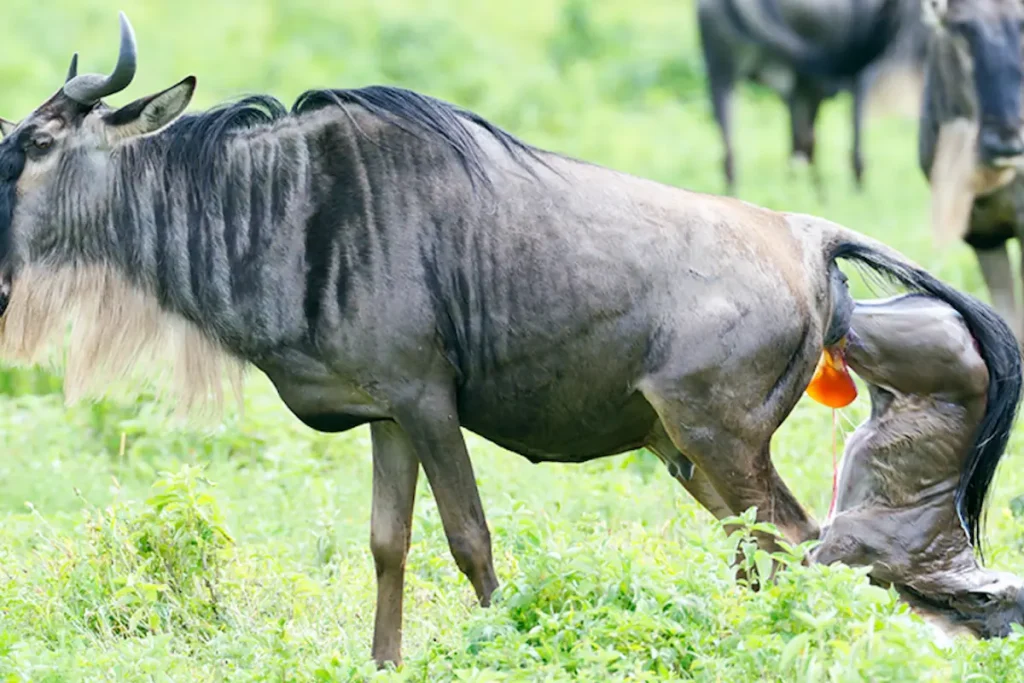
The best time to see wildebeest migration in Serengeti
The best time to see the great wildebeest migration depends on the events you want to see. Some key events of the wildebeest migration include the wildebeest migration calving season, crossing of the Mara River or Grumeti River, and massive trekking. If you want to see how wildebeests give birth to about half a million calves, you should do your migration safari between January and March. The calving season happens in the vast plains near Lake Ndutu and Lake Masek; therefore, you will transfer to this place.
Plan your trip between July and September to witness the Mara River crossings. Some crossings are also seen in October. The herd reaches the northern Serengeti between July and August. From there, it disperses on the riverbanks of the Mara River, with some crossings to be witnessed.
If you want to witness the massive movements of wildebeest, you better plan your safari between May and June and October and December. You will witness the wildebeests moving in large herds—an exhilarating moment.
Safety while viewing the great wildebeest migration
Game viewing in any wildlife safari park is fostered by your fundamental respect for and observation of the instructions given by our guides and securities. However, the best practice has always been to stay calm whenever approaching or getting near the wildlife animals. Some wildlife animals like lions, leopards, and wolves are carnivorous, which means they can be attracted to disturbances and insecurity. However, because our guides are experienced in-game activities, they will be able to ensure your safety on all occasions.
Can you miss seeing the wildebeest migration? What causes
Yes, but it rarely happens. You may travel from your home country to witness and miss the wildebeest migration, having traveled at the wrong time or gone to the wrong place. Wildebeest migration is an unpredictable natural phenomenon, so you may plan to see it for a specific time, but it won’t be there. To prevent this from happening, East Africa Safari Guides updates our clients on the current location of the migration herd.
You may also miss the wildebeest migration when you plan your trip very late. If you plan to see the wildebeest migration in Tanzania, you should plan your trip no later than October. The wildebeests cross the Kenya-Tanzania border into the Masai Mara. From September to November, they enter the Kenyan Masai Mara. They stay there for almost one month before returning to the Serengeti, heading directly to the south.
If you choose to stay at one lodge, you may also miss the wildebeest migration. To experience the Serengeti migration at its best, we advise staying in more than two lodges or camps. This depends on the duration of time. You may be shifting from the south to other parts of the Serengeti, where migration occurs. This will increase your chances of witnessing this spectacular event.
What if you miss the wildebeest migration?
We know how boring it would be to miss this fascinating event, but we’ve got you covered. Serengeti is jam-packed with many astonishing attractions apart from the great wildebeest migration. Here are some top things to replace with the wildebeest migration trek:
See the Big Five
Serengeti is home to all the Big Five animals: lion, elephant, black rhino, leopard, and buffalo. These animals are beautiful creatures that will amaze you when you encounter them. Most of them, especially buffalo and lions, are seen in plains, while some, for instance, elephants, are seen in grassy plains and woodlands. Black rhinos are rarely seen because they hide in remote parts. However, there is a particular rhino viewing point where you can see it. The leopards are always seen on rocky outcrops basking in the sun during the mornings.
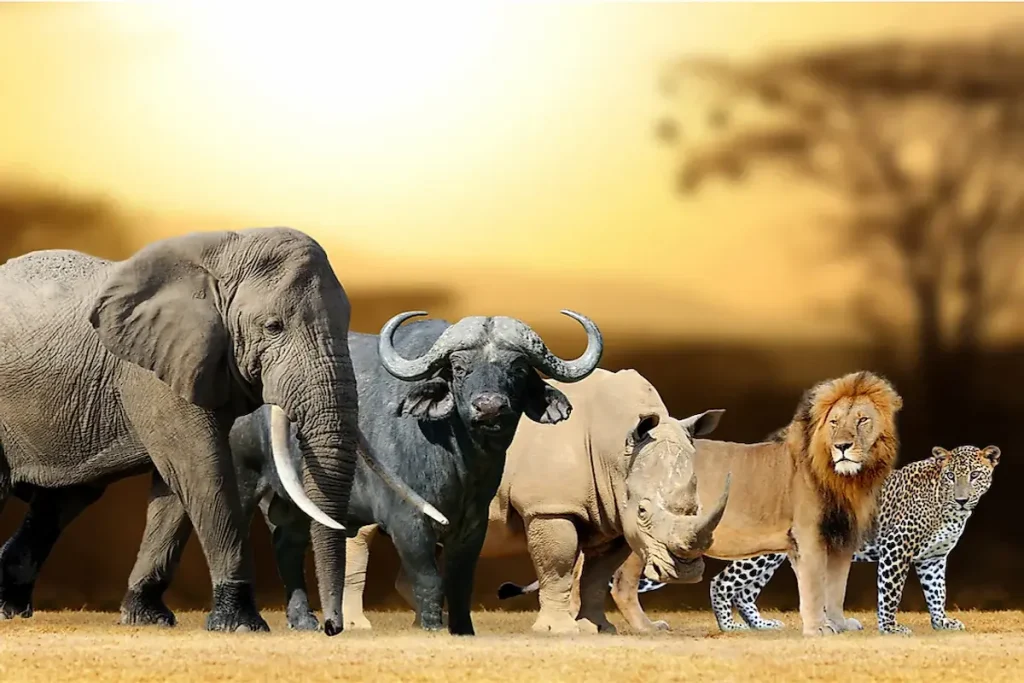
See other wild animals.
The ‘endless plains’ of Serengeti host many wild animals worth watching. They include zebras, warthogs, hyenas, elands, jackals, giraffes, cheetahs, antelopes, etc. These animals are dispersed in various parts of Serengeti. The Seronera Valley, Lobo area, and Grumeti are homes to resident animals.
Discover the birds.
Over 500 bird species are found in Serengeti, not to mention the migratory species that pass during the wet season. You can enjoy the views of such colorful birds on a memorable bird-watching trip.
Your safari is our dream. At East Africa Safari Guides, we strive to ensure you witness the wonders of the great Serengeti migration. We always provide updated information about the Serengeti migration so you don’t miss anything important. Book a trip with us today and enjoy your safari.
Ready to track Wildebeest Migration?
After all that information, we hope you are now aware of Wildebeest migration in the Serengeti ecosystem. You may now plan your dates and share them with our expert to ensure you do not miss a thing.

